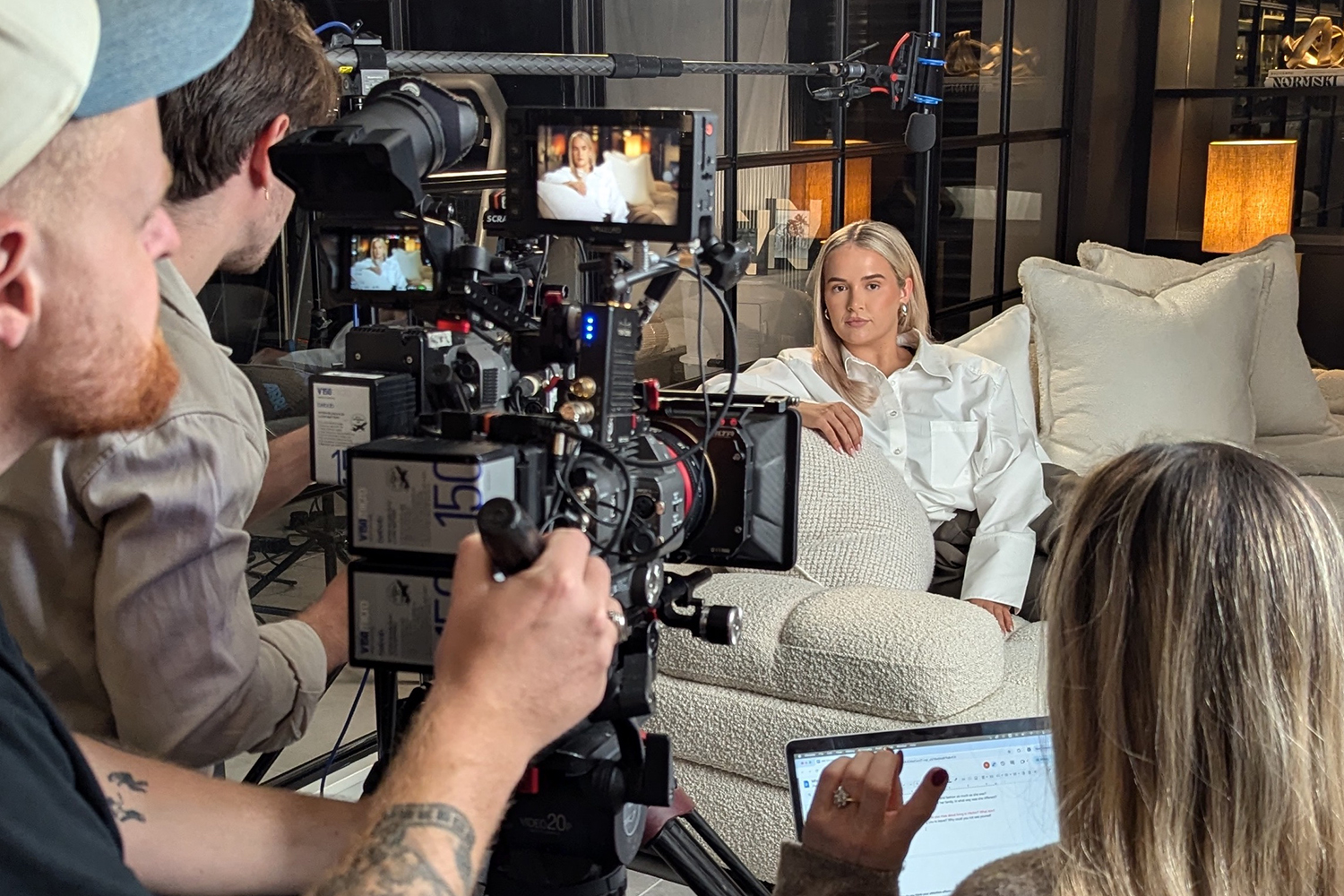What can we learn about an influencer that they haven’t posted about already? The answer is in Prime Video’s new docuseries Molly-Mae: Behind It All, starring the UK’s most popular influencer, Molly-Mae Hague.
The reality series promises viewers scenes they won’t find in Hague’s YouTube vlogs, Instagram posts and tabloid press coverage – supposedly delivering the real story of her breakup and reconciliation with ex-fiance, boxer Tommy Fury.
But it’s a story we’ve heard before – despite the network’s claims, not much is new here. The resulting show is mundanely affirmative rather than revelatory. But Behind It All isn’t the only influencer TV falling flat for viewers: the TikToker reality series The D’Amelio Show was shelved in 2023, while YouTuber Jimmy Donaldson, aka MrBeast, achieved a fraction of the viewers for his Prime Video series that he gets for a single online video. Disney Plus’s The Kardashians has failed to get a global viewership that touches the heyday US ratings of Keeping Up with the Kardashians.
Behind It All has a core problem: it’s not interesting to watch more of something you’ve seen before. But a fundamental issue underpins all these shows – that they also misunderstand what makes any influencer watchable. They trade on their intimate, parasocial relationships with fans, who feel like they get a raw glimpse into the influencer’s personal life.
Hague has built an empire off sharing everything from her family dynamics to her sex life to her toddler’s sleep schedule with her “friends” (never followers). This content is scrolled on their phones, sitting alongside posts from real friends, colleagues and classmates, where fans interact with influencers the same way they would with people they actually know. A slick, overproduced series will always be at odds with this transaction – at times even betrays it: fans have complained that Hague held back stories from her YouTube channel to pad out the Prime series.
Traditional media ultimately overestimates the relationship between influencer and fan; followers don’t translate to viewers. For those who do tune in to discover who’s really behind the online persona, these shows only reveal the exact person they’ve seen online – this time more filtered, more distant and, with greater scrutiny, usually much more boring.
Photograph by Amazon Prime

